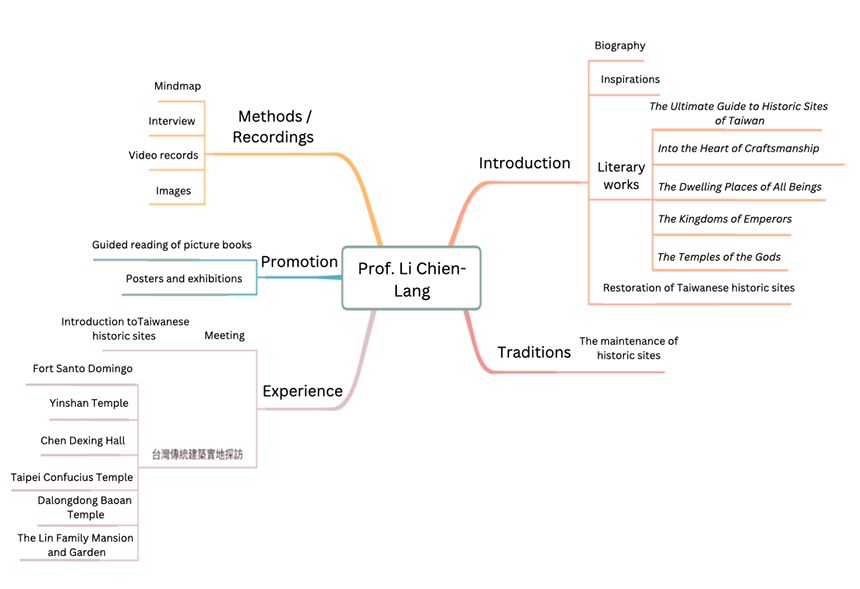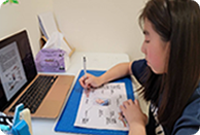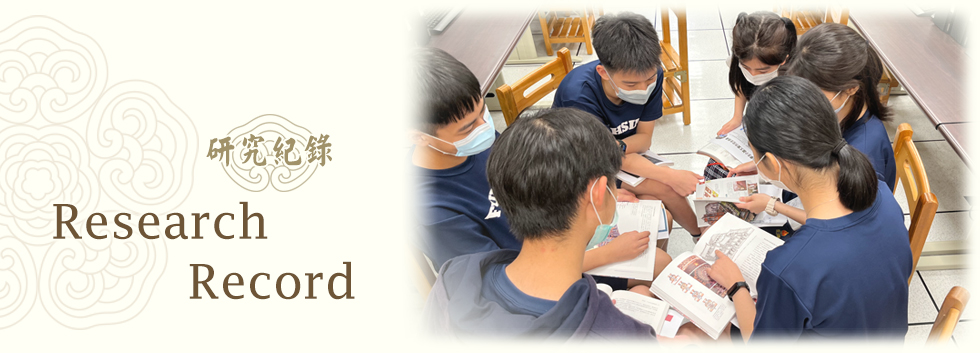Research Plan
Research Framework Mind Map
My research mind map begins with a profile of Professor Li Chien-Lang, an ancient historic sites detective, and a breakdown of his unique perspective painting skills, his long-term contributions to the maintenance and examination of traditional architecture, and his achievements recorded through a chronology of ancient architectures and his writings.
The research methodology includes readings, interviews, visits to the monuments that Professor Li worked on, fieldwork, and finally, questionnaire surveys and analysis. Promotional activities and research records are also two other important points.

After organizing and summarizing the research framework into a mind map, I understood more clearly the focus of each step and the research methodology, which helped me complete the research efficiently. The research framework of our researcher, Professor Li Chien-Lang, can be divided into the basic introduction of the person, traditional buildings, field visits, promotion of historic sites, and research methodology and documentation.
I hope that our research will raise more people's awareness of historic sites and their contents, convey the concept of preserving traditional buildings to people of all ages, and make Taiwan's traditional buildings more valued by more people. Our research will make a difference, from visiting historic sites on-site to talking to elementary school students about historic sites in a picture book.

As the name implies, a mind map is like a map that guides us slowly toward our ultimate goal when we are at a loss and cannot find the right direction. When conducting research or reporting, a common dilemma is that the structure of the research topic is ambiguous, and there is no clear outline. It is not only confusing but also reduces the quality of the research. By making a mind map, I have a better understanding of the research topic, that is, Professor Li Chien-Lang. I have used the topic as the center to extend different sub-topics, adding more characteristics to the research. In revising the mind map over and over again, I explored different research possibilities and limitations. I continued to improve and summarize the chaotic ideas logically.

Mind maps present the research structure in a radioactive manner, with the research topic at the center, the research sub-topics expanding outward, and each sub-topic further expanding outward. The different levels are labeled with different colors, lines, and blocks through simple textual explanations, which help to unify our ideas and information and make it easier to understand at a glance. I realized that it was not as easy as I thought when I drew this mind map because, in addition to having a good understanding of the research topic, I also had to collect and read relevant data to have concrete ideas and to draw the mind map more clearly.
The theme of this research is “Historic Site Detective: Professor Li Chien-Lang. The mind map covers six significant parts: the profile, book introduction, research methodology, activity promotion, activity experience, and research record. The research methodology includes interviews, fieldwork, questionnaires, etc. The activity promotion lets people understand the importance of monument preservation through the methodology. The research records include meeting records and activity records. I believe that through mind mapping, we can make our team work more effectively.

When we want to study something, a sound mind map first helps the structure of the whole research report. The teacher showed us how to make a mind map, which is to come up with a theme, extend the structure through the theme, write only important and meaningful keywords, and then use the keywords to make links, and then extend the logic and association of deep thinking, and enhance imagination and creativity. The subordination between each keyword is very clear so that we can associate in the right and clear direction, making it easy to focus on the main idea through images, colors, and keywords easier to identify, mental maps help stimulate creativity. They can strengthen the memory of the content.

The team used Professor Li Chien-Lang as the research theme, extending the seven main structures, the professor's introduction and traditional architecture, the professor's classic book introduction, the professor's hands-on maintenance of historic sites and cultural relics, the professor's hand-drawn historic sites and cultural relics, the introduction and actual work, historic sites and cultural relics promotion activities and heritage, research surveys and data collection, research records, mind map production process, revitalized my left and right brain, string keywords and critical points. With the mind map, the complexity was simplified, making it easier for me to think about the entire research framework and its extension.

A mind map is an essential tool for clarifying how I started my research and providing a clear logic to continue my research when I feel confused because, at first, I may collect a lot of data, record a lot of activities, spend a lot of time to learn about monuments, and physically produce materials and promote activities. Finally, after doing so many things, then what?
Everything we do is meaningful, and it can be clearly expressed from the mind map of why I do so. They are sequential, as long step-by-step, you can complete the complex and tedious task from the study of this monument detection.
It represents that each thing has its reason for being performed and clearly presents how each small unit's work is interconnected and developed. If I find more exciting ideas to promote the historic sites during research, I can always add them to the mind map to create new connections and results. I find that the mind map is alive. It grows up, it grows fat, and if I want it to look good, I need to remove the essence.


